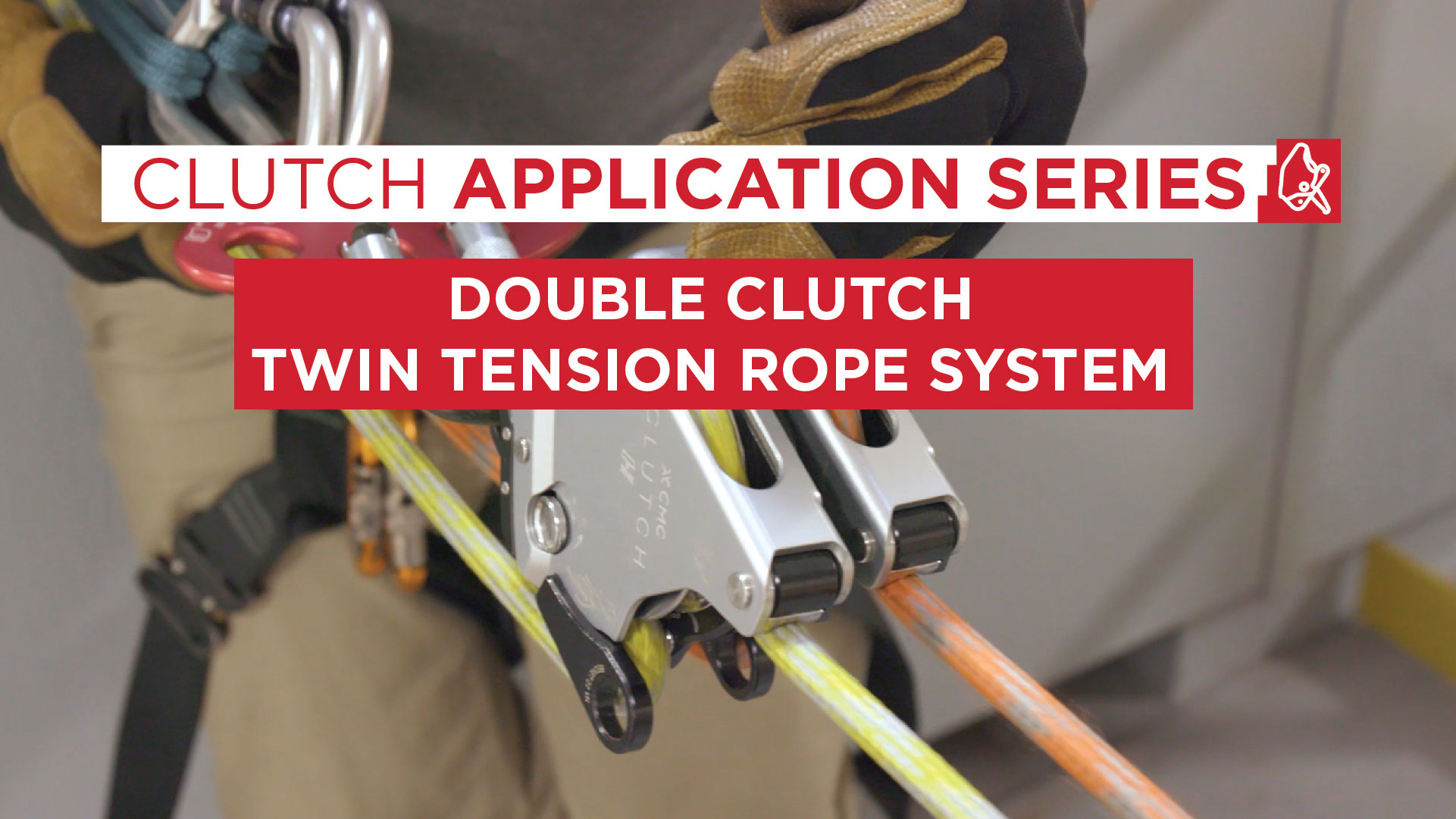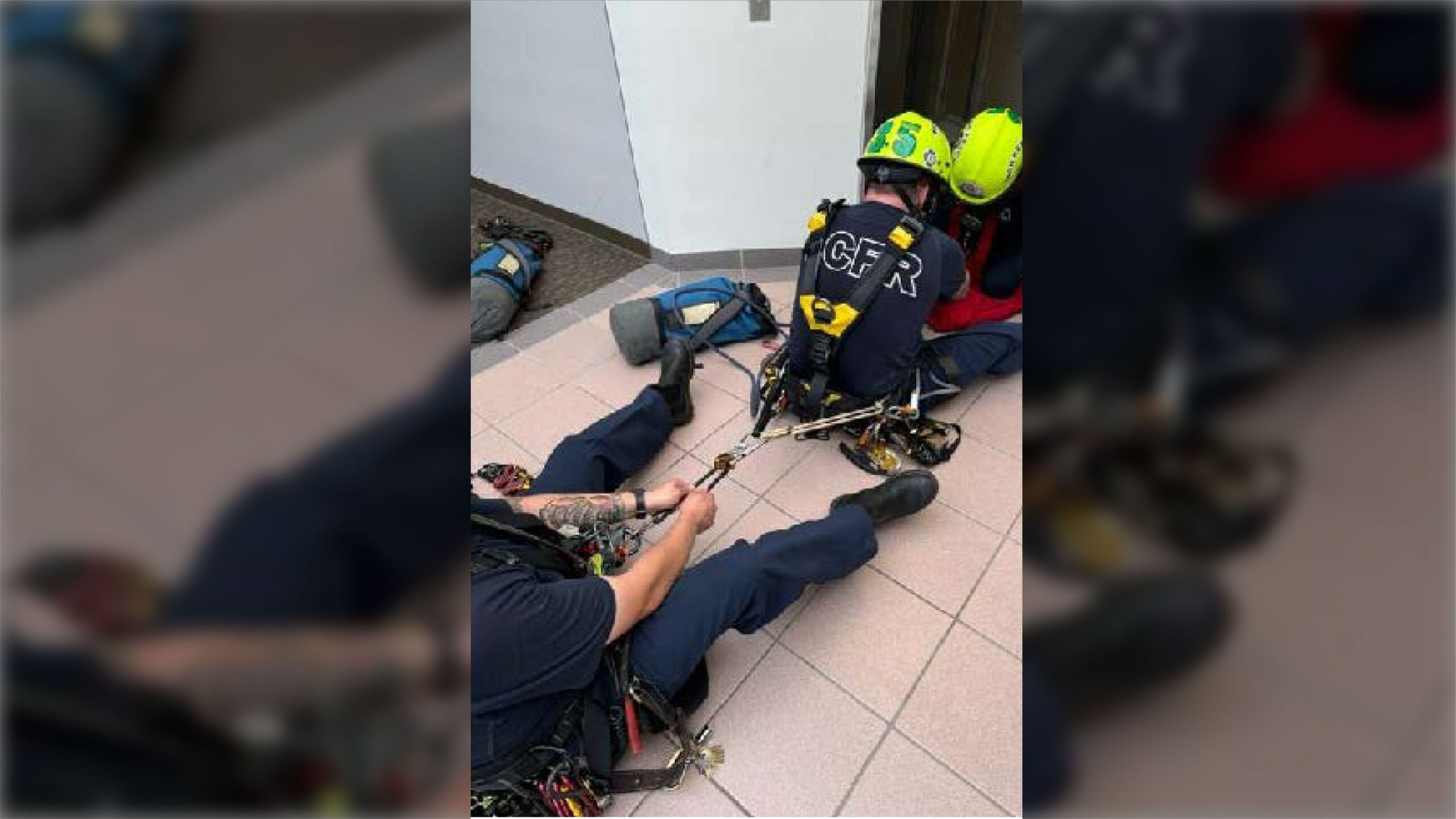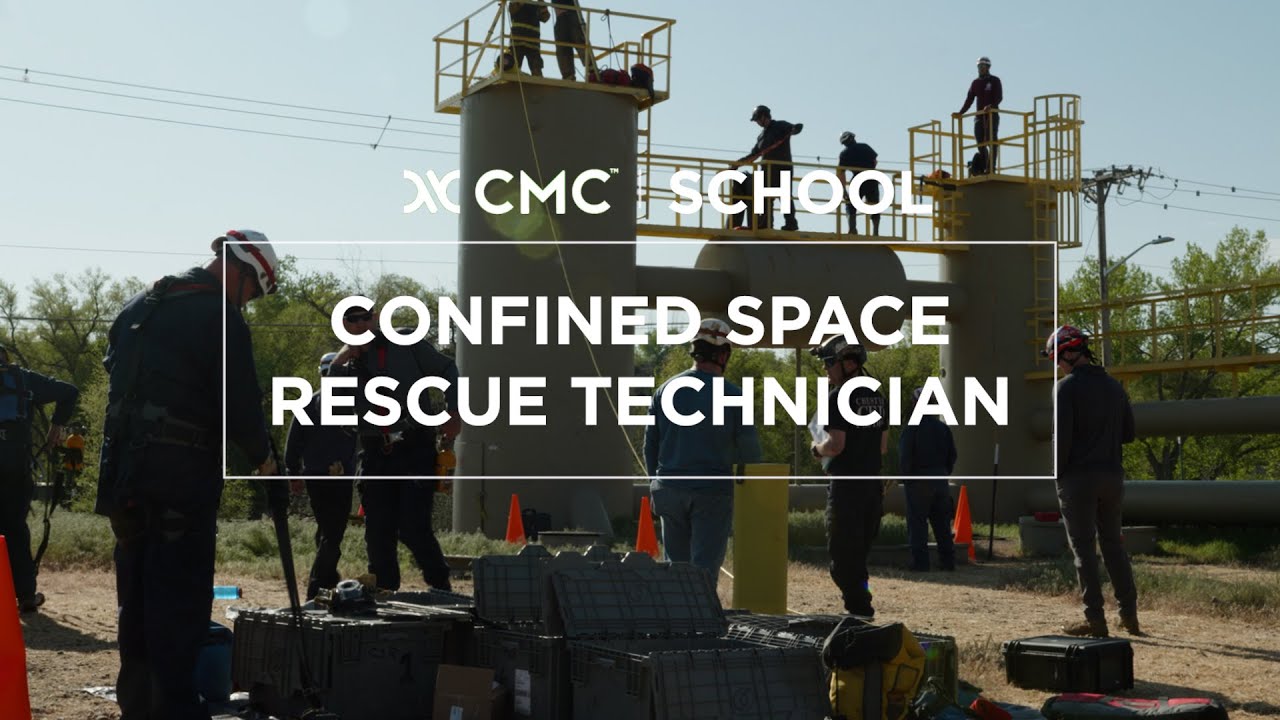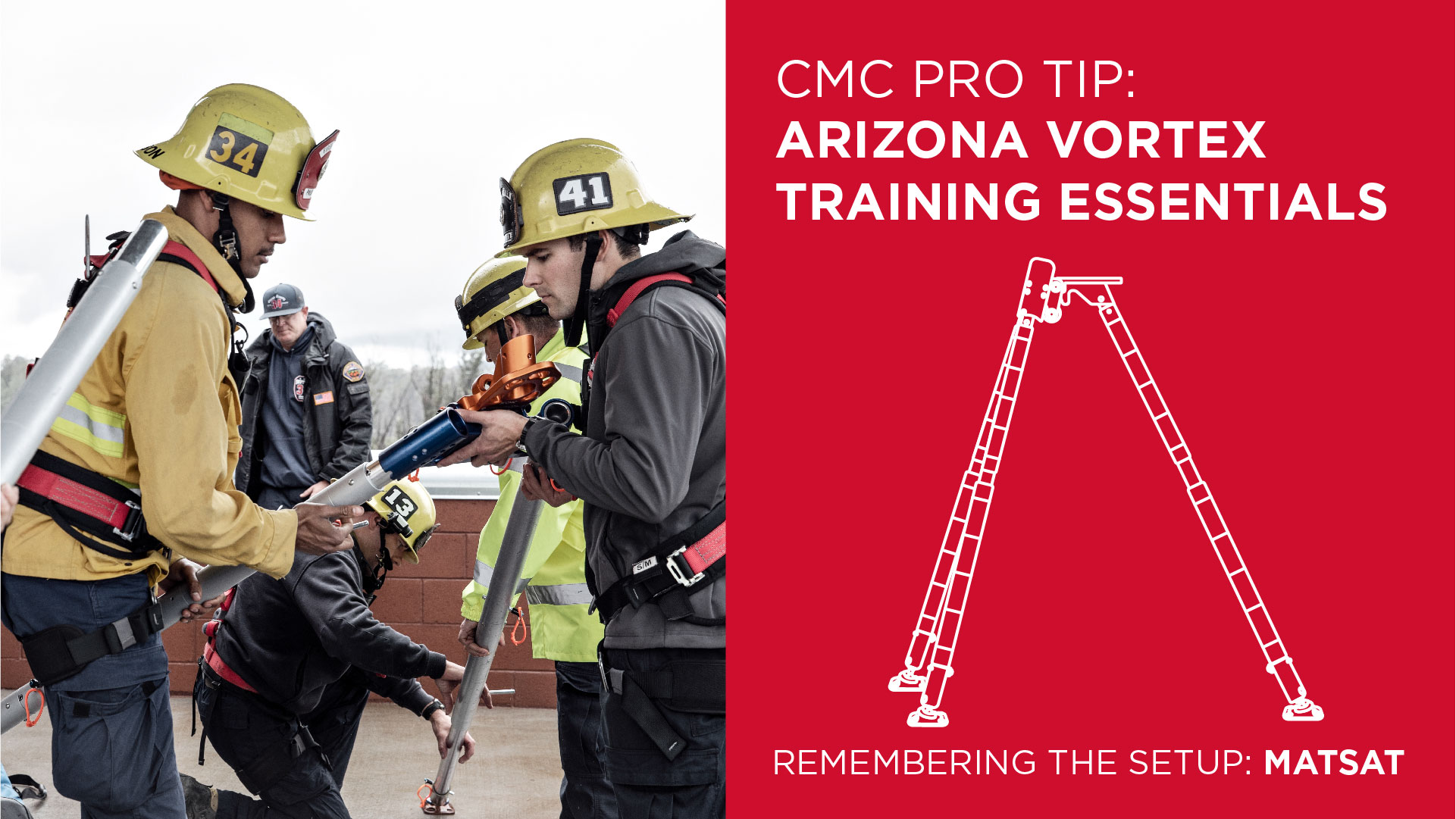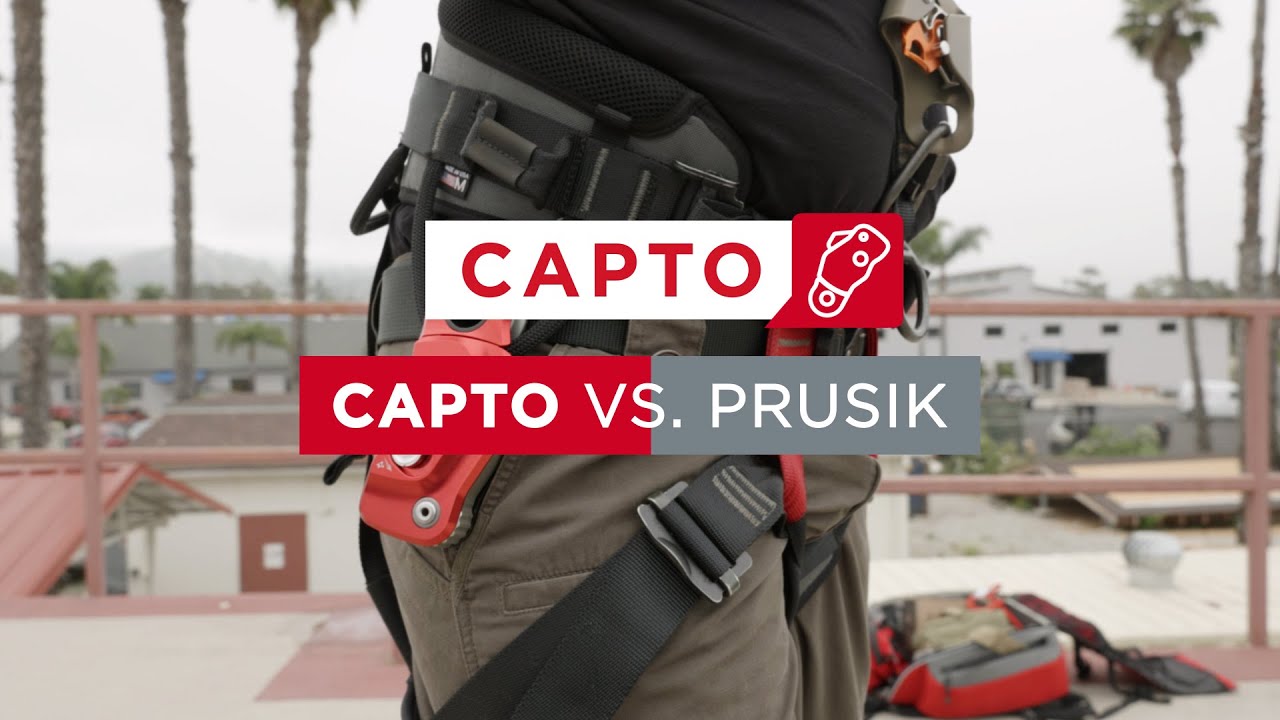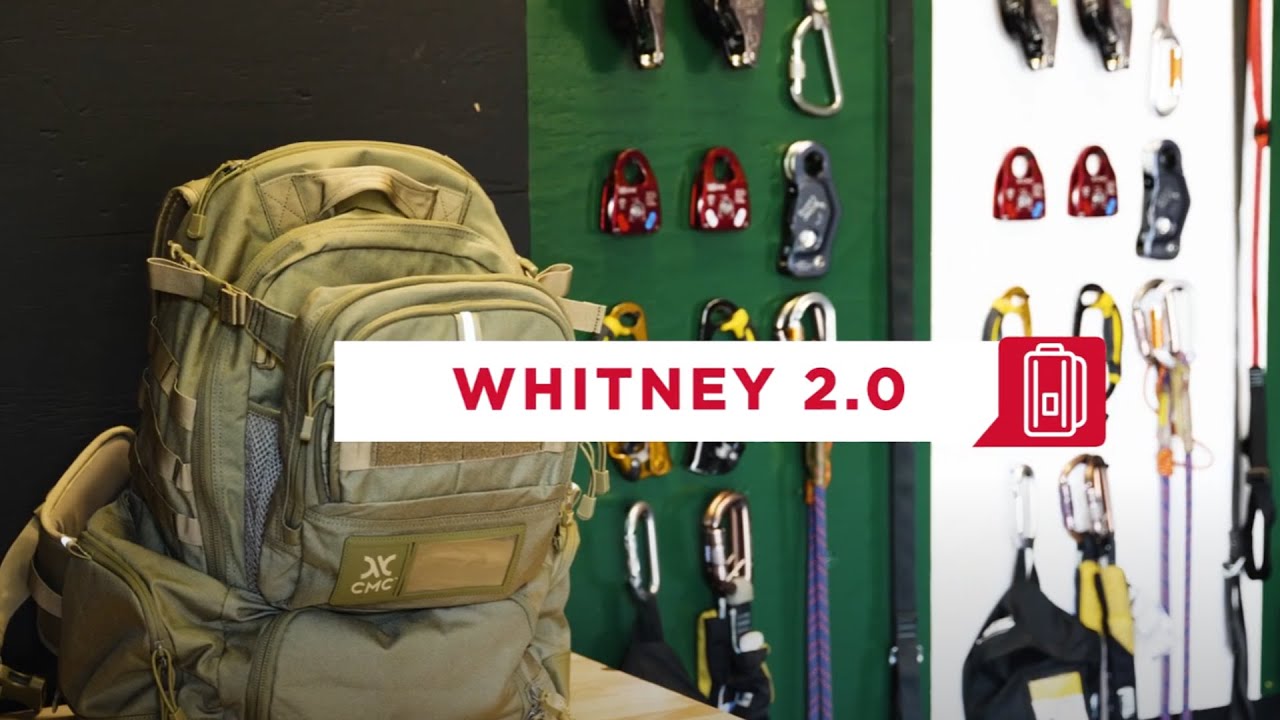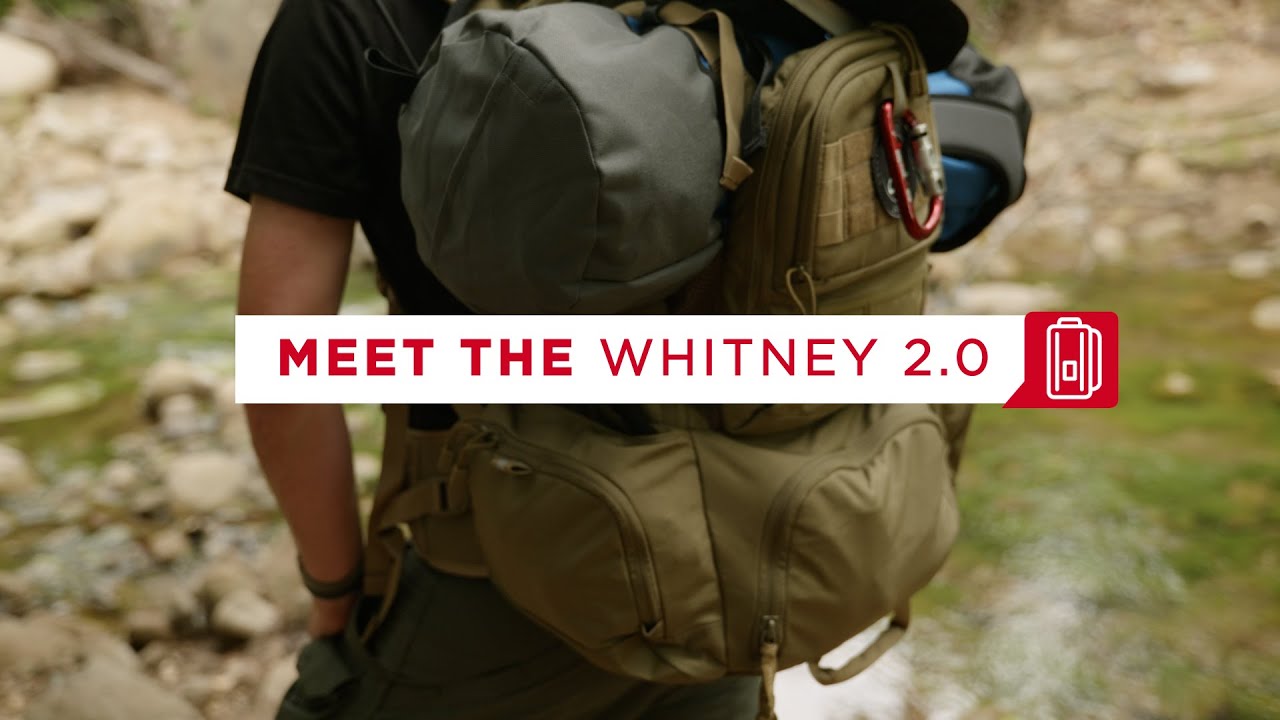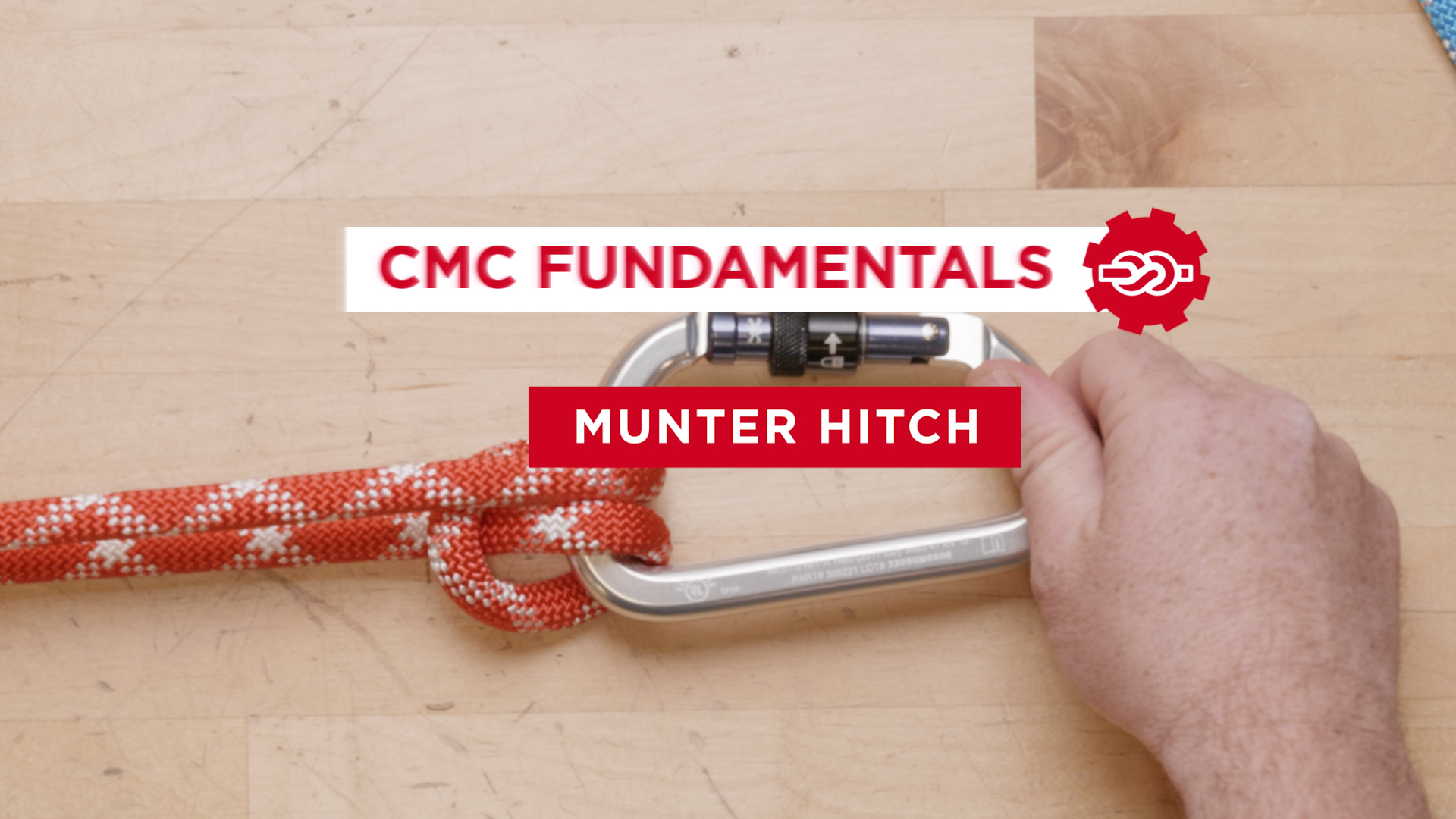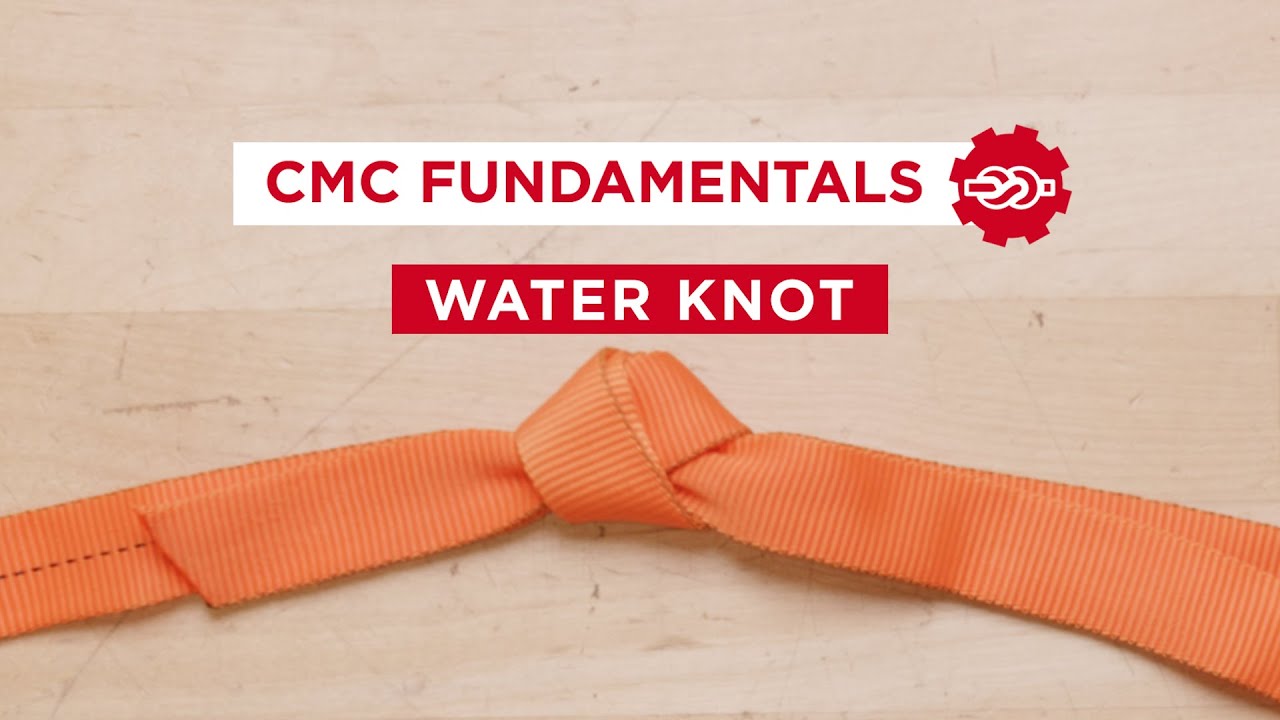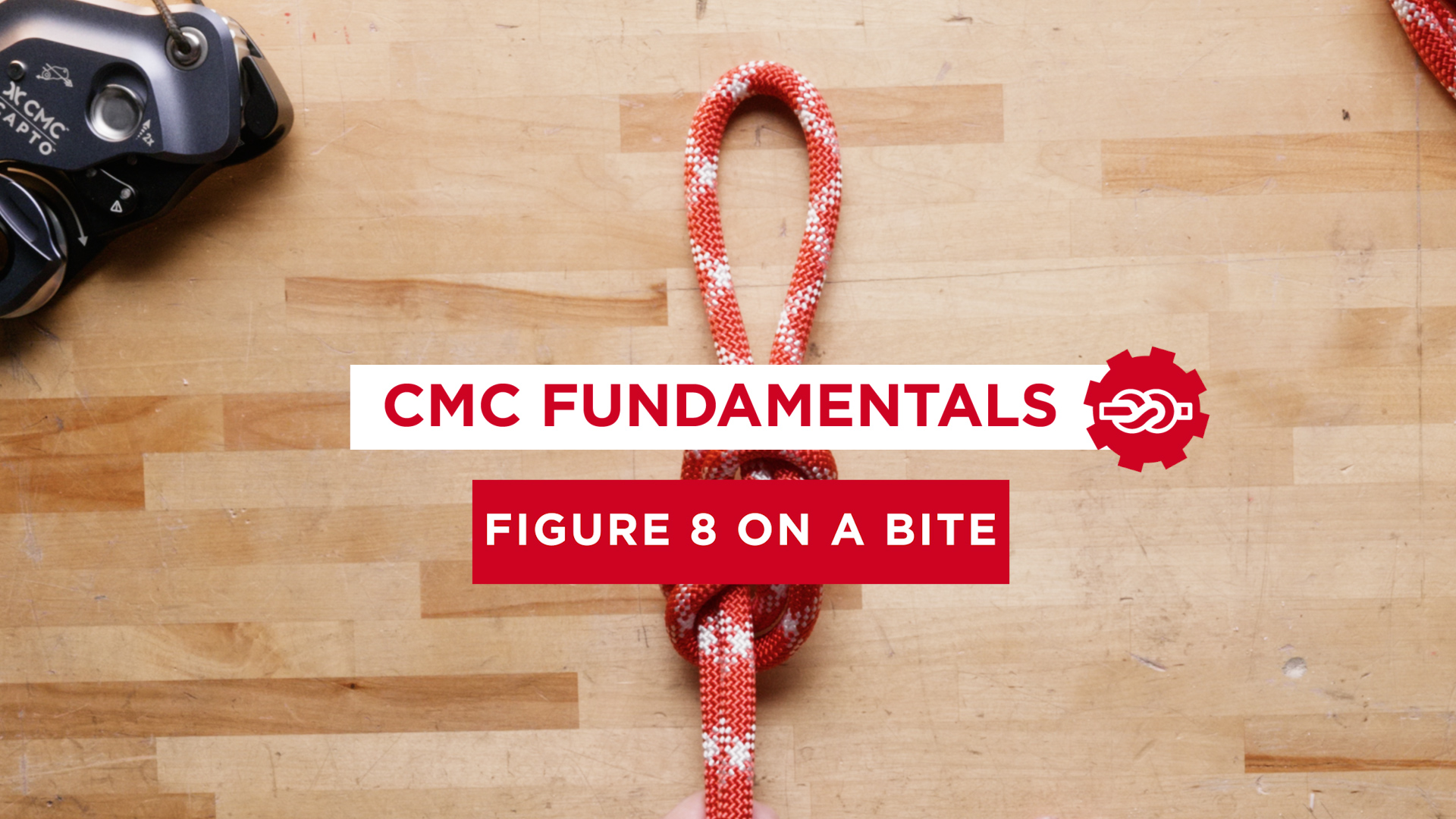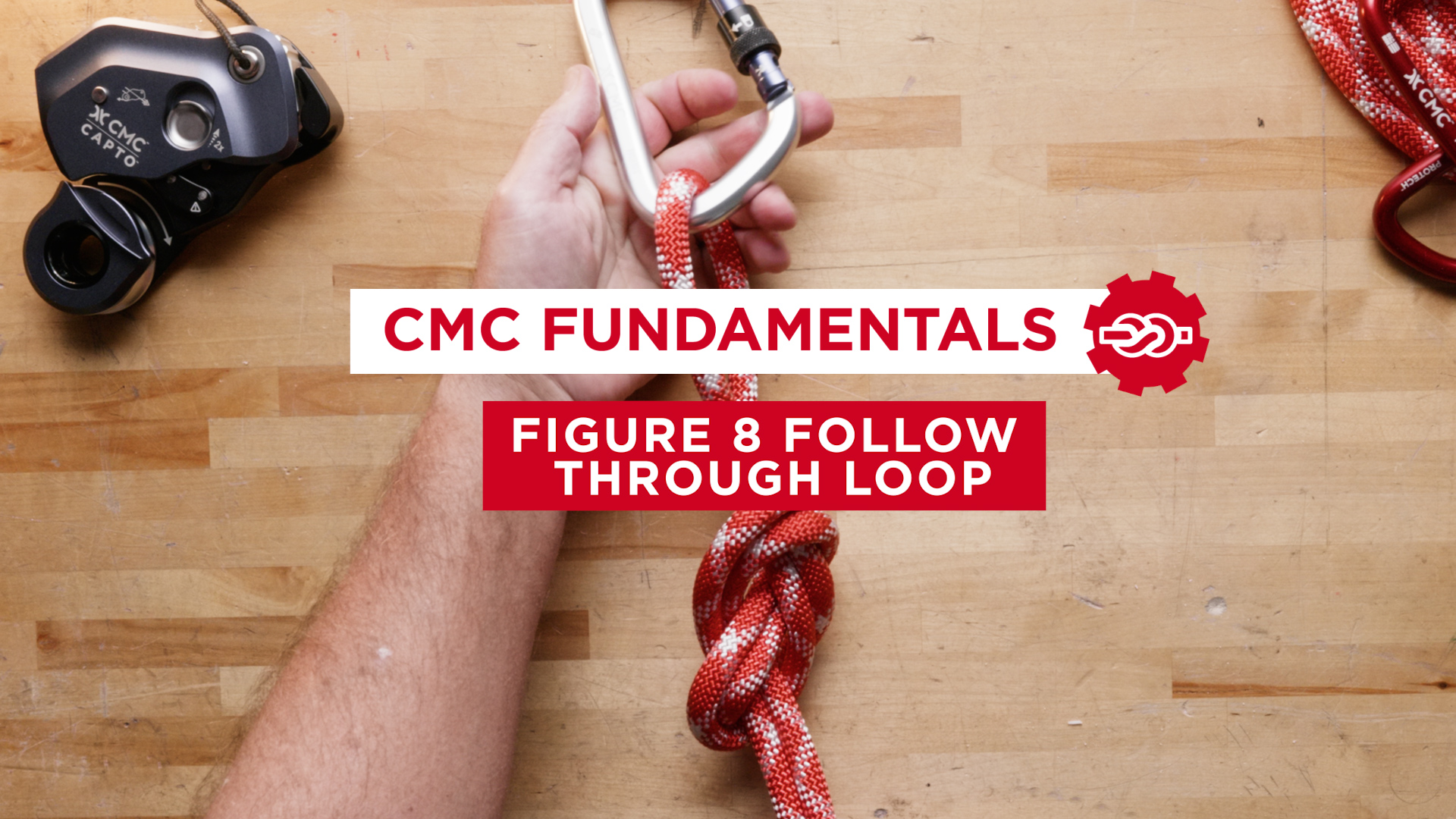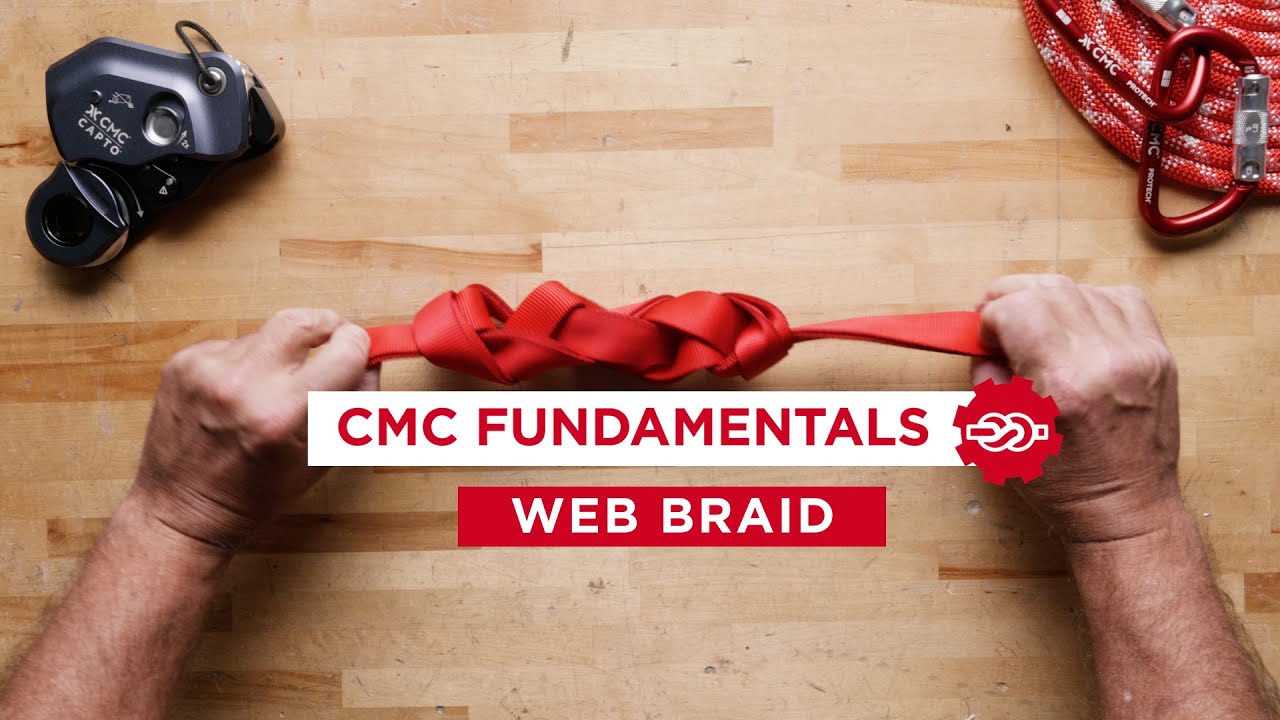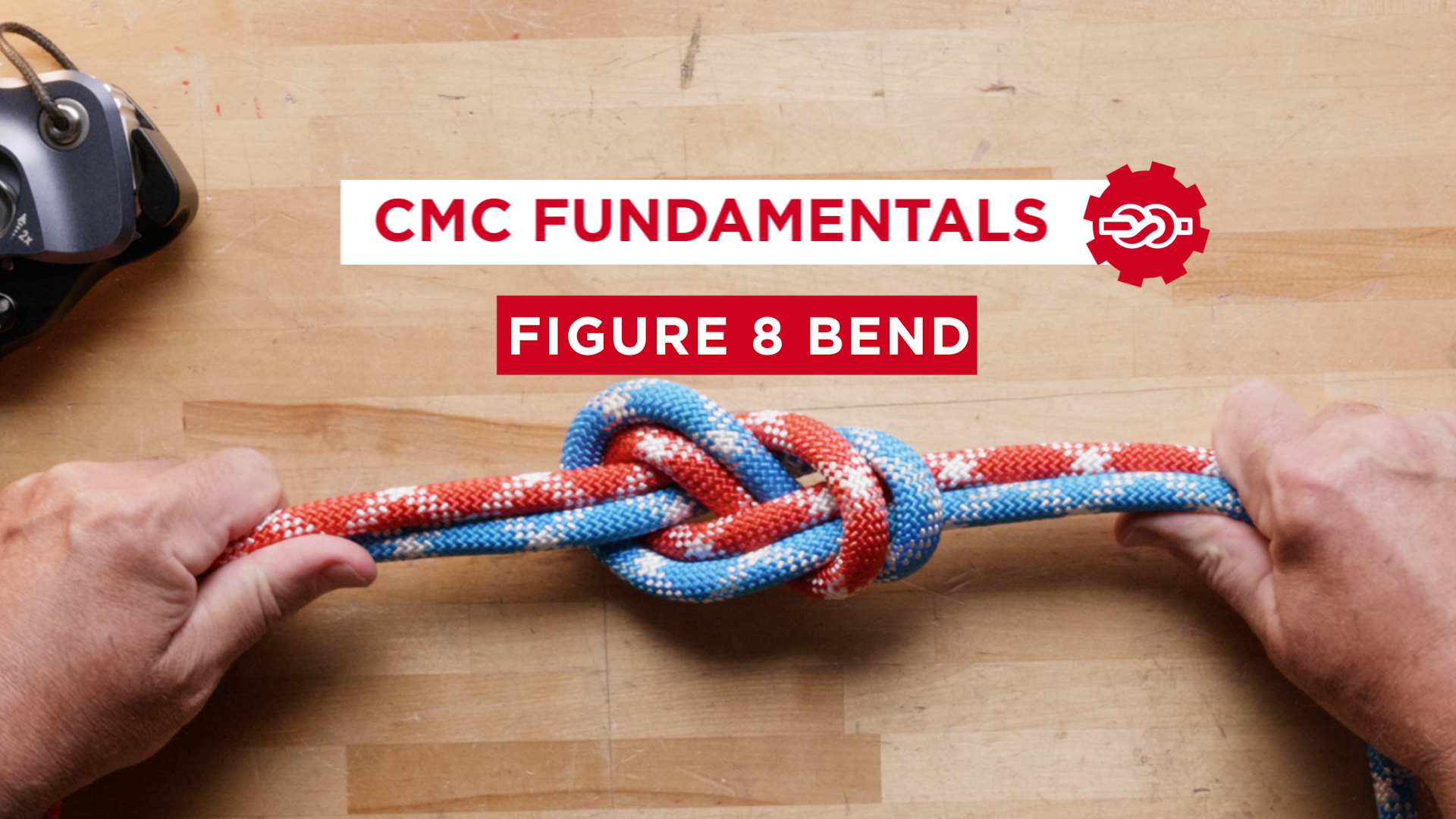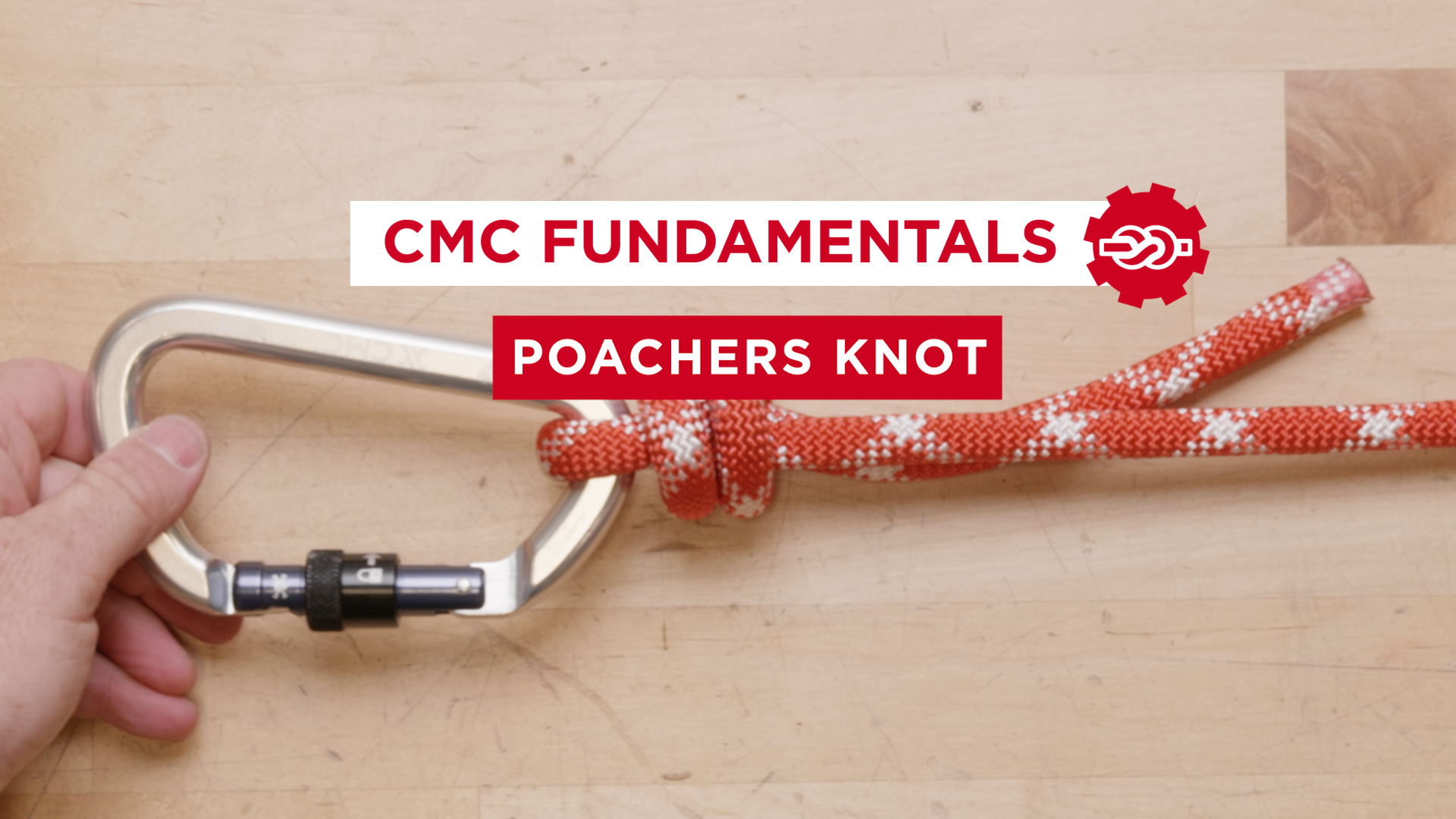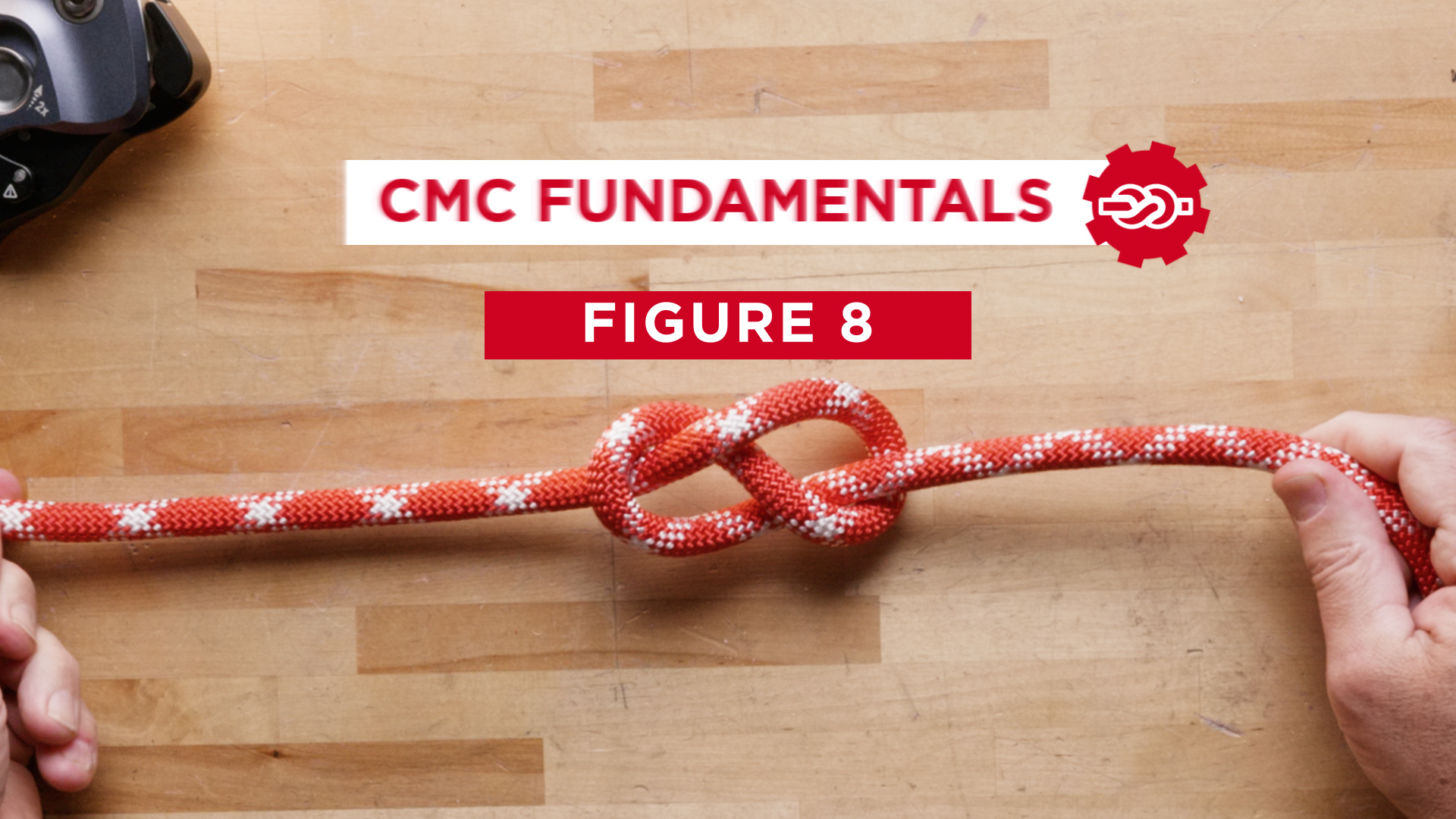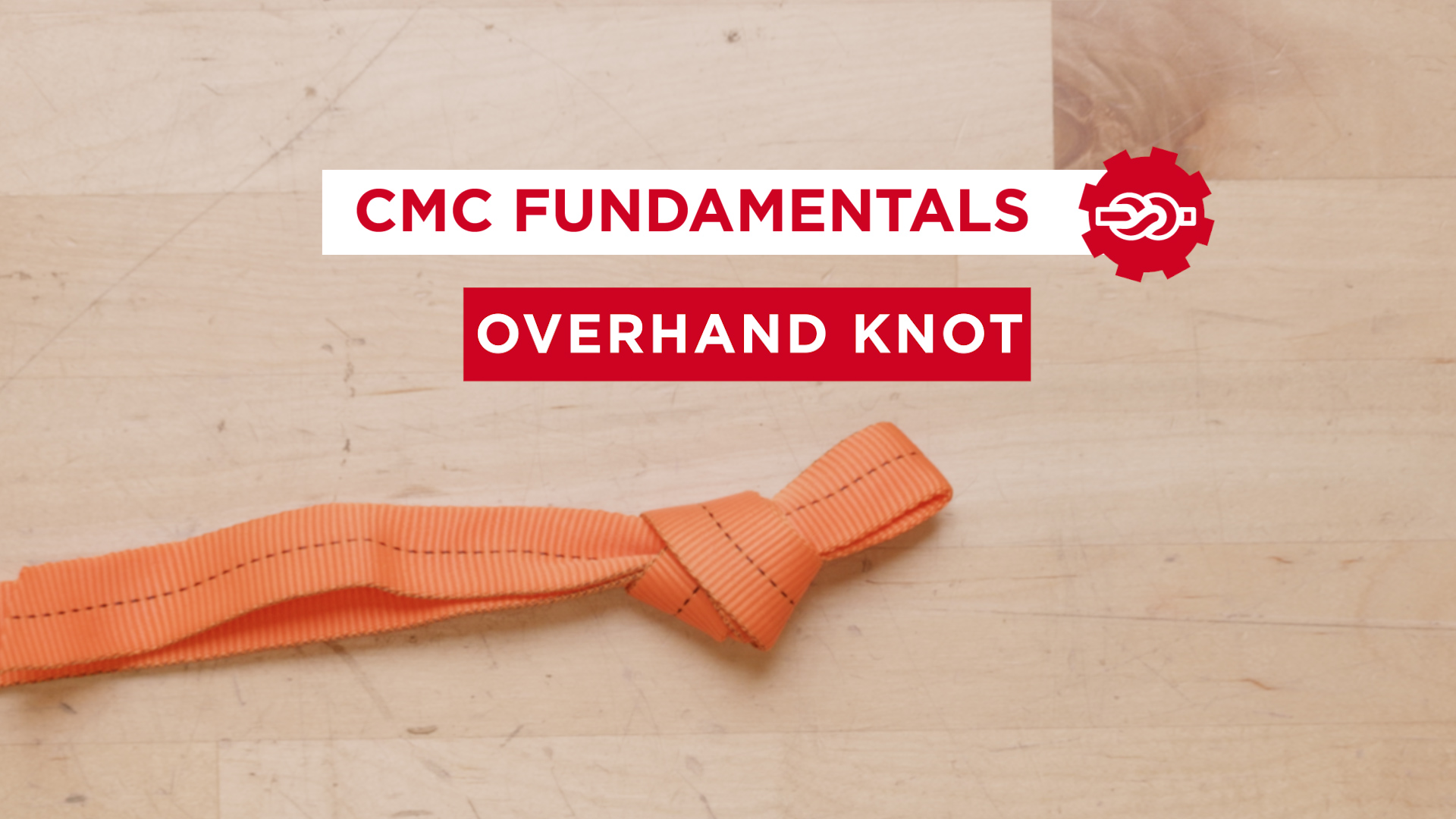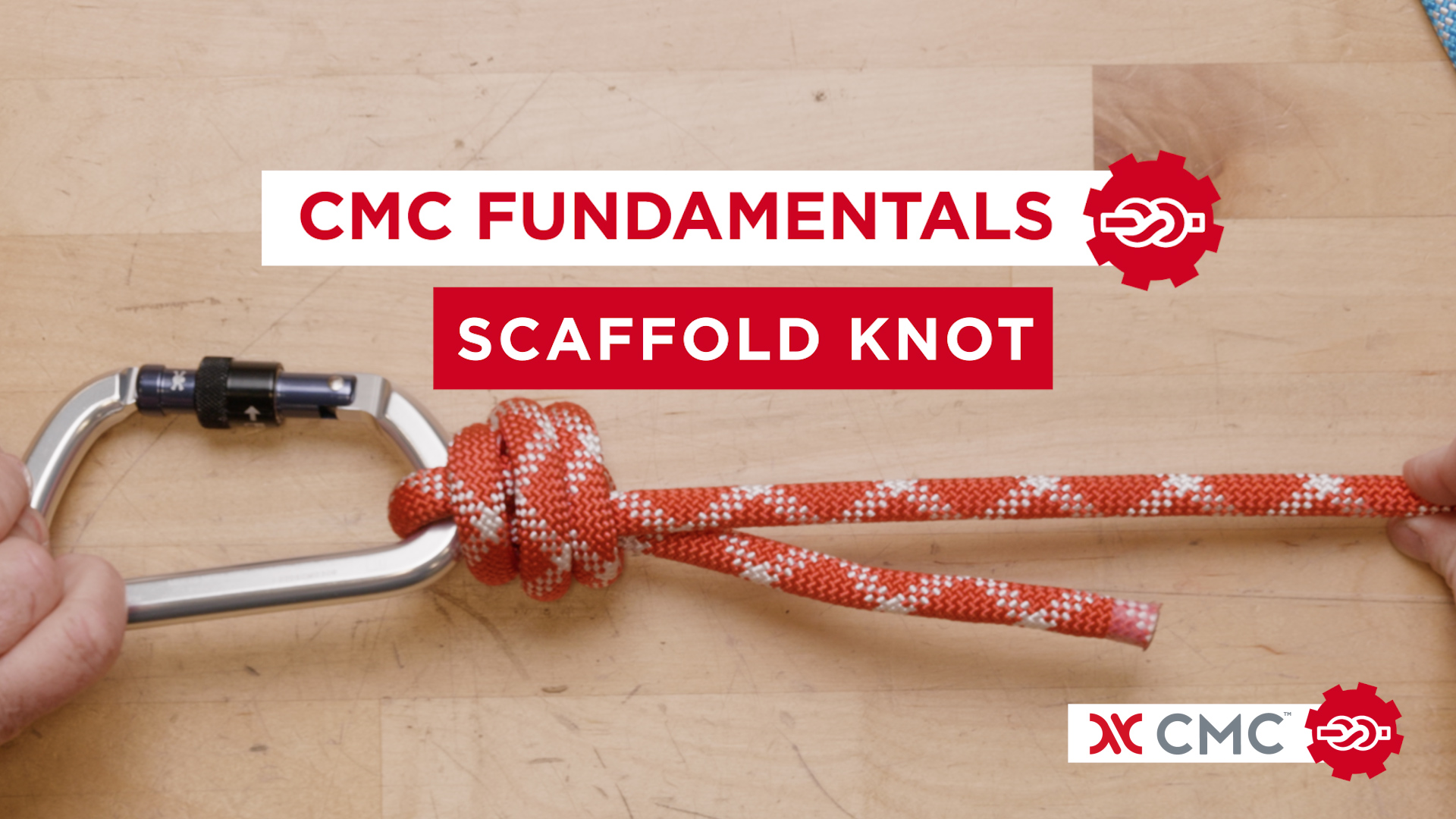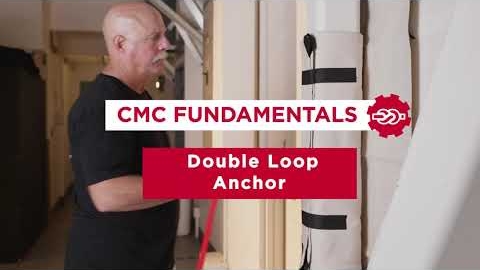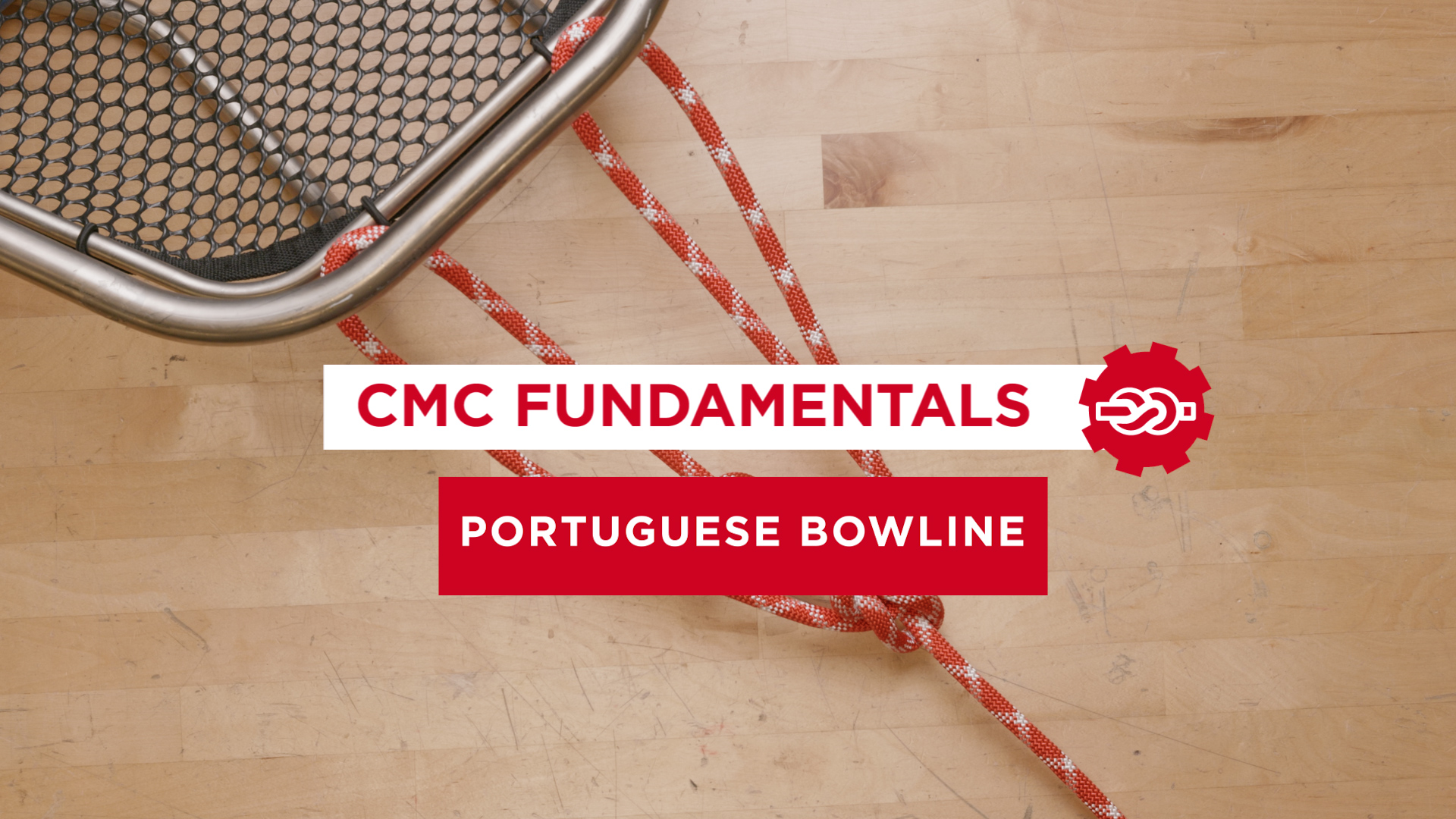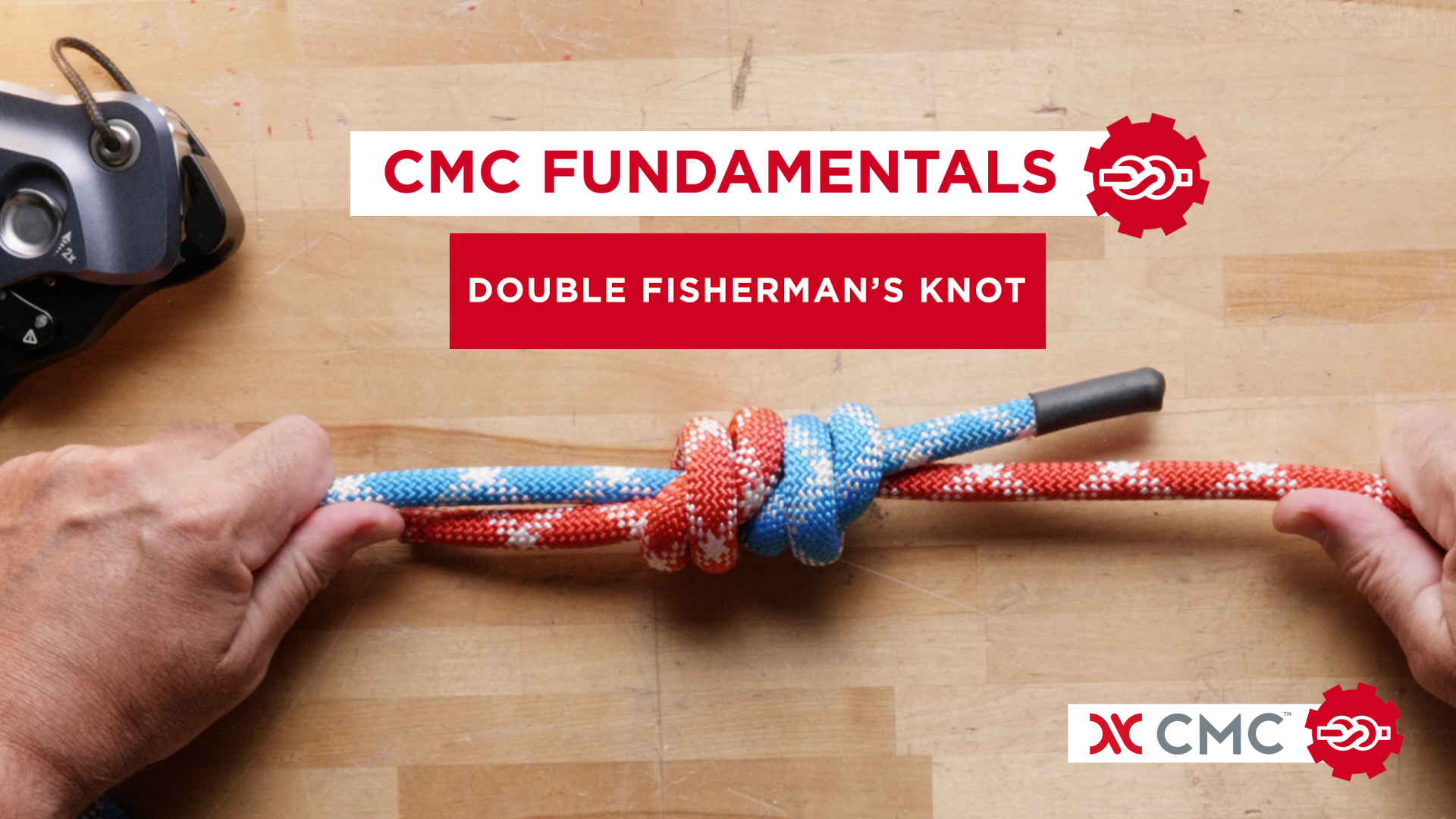Double CLUTCH | Using the CLUTCH in a Twin Tension Rope System (TTRS)
In this video, CMC School instructors demonstrate how to use the CMC CLUTCH™ by Harken Industrial™ in a best-practice Twin Tension Rope System (TTRS). They evaluate four TTRS scenarios and conclude by showing how the Double CLUTCH can replace people with gear.
**Full Transcript Below**
(Introduction)
Welcome to the CLUTCH application video series. For this video, we will focus on the CLUTCH being used in a twin tension rope system, or TTRS. We will not focus on the technicalities of anchoring these systems. Refer to your department policy and anchoring guidelines for your preferred anchor rigging. A Twin Tension rope system is the current best practice for rigging, raising, and lowering operations and rescue scenarios. Rigging TTRS can vary based on location, equipment, and human resources available for the operation. This video will review a progression of 4 TTRS scenarios and the risk or challenges associated with each.
(Scenario 1)
In this first rigging scenario, we have the CLUTCH rigged to two individual anchors with two operators, each operating the CLUTCH handle and rope tail. As the load, which includes a rescuer and the occupied litter, approach the edge, the load that the CLUTCH sees is relatively light due to the absence of gravity at this stage of the lower, i.e. the edge transition (During this transition, it may be more efficient to use one slack and one tension line with the CLUTCH to better payout and manage the rope). As soon as the litter is over the edge, the operators move from one slack and one tension line to a shared tension system, where the load is evenly divided between the two devices. Any catastrophic event to one of the lines will shift its load to the alternate tension line, thereby reducing the shock and extension on the line compared to an untensioned belay system. The challenge in this scenario comes from coordinating the lower between the two operators. Regardless of proximity of the two individual lines, both operators may find it challenging to balance the load equally depending on training and experience.
(Scenario 2)
In Scenario 2, if additional rescuers are available, the team can reduce the risk profile by adding an additional tailer to the lowering system. In this case, a single rescuer can manage both tails from each CLUTCH device and serve as backup to the CLUTCH handle operator. Tail can be redirected to a center location. If the operator experiences issues with controlling the speed of the lower, the tailer serves as risk mitigator in the operation. The tailer can stop the lower by holding firm on both rope tails.
(Scenario 3)
In this third rigging scenario the number of rescuers is limited. If anchoring is appropriate and gear is available, the Double CLUTCH TTRS can be used to replace people with gear. CLUTCH units are rigged so they can be controlled by a single operator. We call this the Double CLUTCH. A back up device and shock absorber designed for a two-person load is connected via carabiner to each CLUTCH becket and installed on the tension side of the CLUTCH. One operator controls both CLUTCH handles and both rope tails. The backup device serves as an unattended belay device, i.e. a backup tailer. There could be circumstances, in less than vertical operations, when the operator fails to control the speed of the lower, yet the backup devices have not reached trigger velocity.
(Scenario 4)
Scenario 4 provides a solution for mitigating the risk of an uncontrolled lower by rigging the Double CLUTCH with a single operator to manage the handles and tails, and a second rescuer as backup tailer to monitor the system with both rope tails in hand. Because each person is able to see and feel the ropes in service, this rigging scenario also promotes better shared tension at each CLUTCH. In all cases, a confident and properly trained operator is the best defense against an uncontrolled lower.
(Conclusion)
A Twin Tension Rope System is the current best practice for raising and lowering in a rescue situation. This video demonstrates 4 rigging scenarios for using the CLUTCH in TTRS depending on location, equipment, and human resources. Each scenario comes with different risks and training requirements, and selecting the right system depends on your particular rescue or training operation. For more CLUTCH videos, technical content, and additional information, please visit our website at cmcpro.com.

